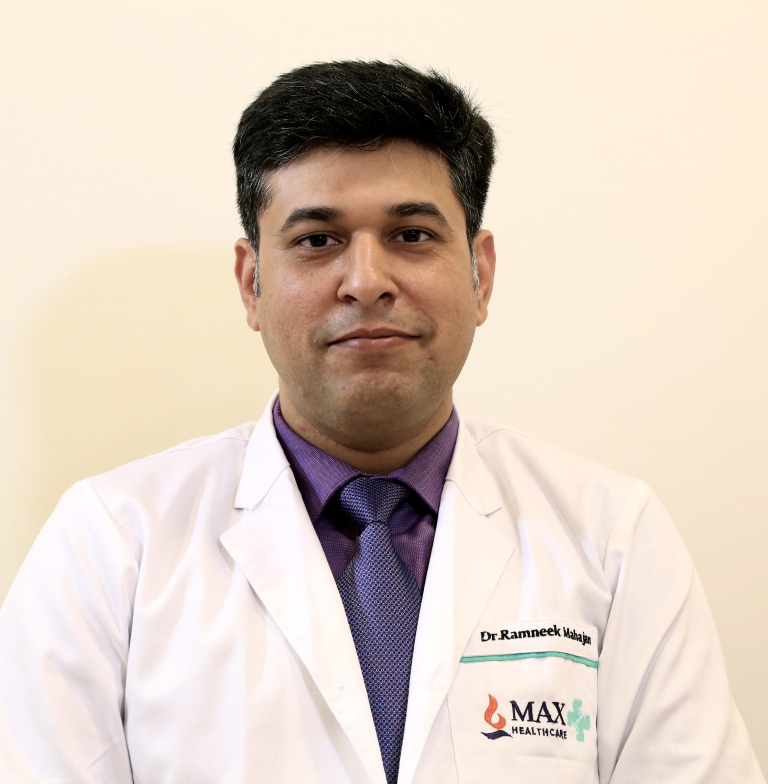
What is arthritis ?
Arthritis is inflammation of the joints, causing pain and stiffness. It worsens with age. People of all ages and sexes can have arthritis, and it is the leading cause of disability.
What are the causes of arthritis ?
The causes of arthritis are numerous and age related arthritis is the most common which is primarily found around the knee called as osteoarthritis of the knee.
What are the types of arthritis ?
There are many types of arthritis, the most common includes osteoarthritis (OA) and rheumatoid arthritis (RA).
How do one know if he / she has arthritis ?
Some of the common symptoms of people suffering from arthritis include swelling, pain, stiffness and decreased range of motion. They can be mild, moderate or severe. They may stay about the same for years, but may progress or get worse over time. Severe arthritis can result in chronic pain, inability to do daily chore of activities.
How can it be treated ?
Your treatment depends on the clinical evaluation of your doctor. Depending on the severity and some basic tests and diagnosis tests like x ray, CT scan or MRI, your doctor would carry out the treatment modality.
Osteoarthritis is treated with a combination of exercise, physical therapy, medications, joint injections and surgery. There are different stages of arthritis and your doctor can guide you the about the stage of the disease that you are suffering from and further plan a treatment.
What is the treatment method after knowing the stage of the disease?
Stage 1: A person at this stage shows very minor bone spur growth. (Bone spurs are boney growths that often develop where bones meet each other in the joint.) Person at this stage experiences very minor pain or discomfort as a result of the very minor wear on the components of the joint.
Treatment: No treatment if offered at this stage. However, if you have a predisposition to OA or are at an increased risk, your doctor may recommend pain killers and physiotherapy. Get active and do exercise but avoid doing such activities that can harm your knees like running on a treadmill or hard surface. Drink lots of water, have a balanced nutrition and keep a watch on your Body Mass Index.
Low-impact aerobics and strength training can help strengthen the muscles around the joint, which increases stability and decreases the likelihood of additional joint damage. Protect your joint from exertion by avoiding kneeling, squatting, or jumping.
Stage 2: If the above suggested activities don’t give you comfort and you progress further your doctor can recommend for a surgical procedure called arthroscopy It is a keyhole surgery used both to diagnose and treat problems with joints. It is recommended for those who have persistent joint pain, swelling or stiffness. It is used to repair the damaged cartilage, remove fragments of loose bone or cartilage and drain away any excess fluid. It is performed as a day care case, which means the patient is be able to go home on the same day of the surgery.
Treatment: During the procedure the doctor might inject some supplement which will strengthen the knee. Some doctors inject steroid in case a patient is suffering from inflammatory arthritis. But the use of steroid has gone down clinically as it is not being advocated for routine procedures. Steroids can bring about long term complication. Long term or regular usage can have adverse impact.
Lubricating the knee is the safest approach. A newer way of lubricating is injecting in the knee a plasma prp but it has not shown promising results. It is recommended for the early stage of arthritis.
Stage 3: In this stage patient experiences great pain and discomfort when walking or moving the joint. That’s because the joint space between bones is dramatically reduced — the cartilage is almost completely gone, leaving the joint stiff and possibly immobile. The synovial fluid is decreased dramatically, and it no longer helps reduce the friction among the moving parts of a joint.
Treatment: Bone realignment surgery, or osteotomy, is one option for people with severe OA of the knee. During this surgery, a surgeon cuts the bone above or below the knee to shorten it, lengthen it, or change its alignment. This surgery shifts the weight of your body away from the points of the bone where the greatest bone spur growth and bone damage has occurred.
Total knee replacement, or arthroplasty, is a last resort for most patients with severe OA of the knee. During this procedure, a surgeon removes the damaged joint and replaces it with an artificial device. It is the safest surgery.
Some of the benefits of a Total knee replacement are:
• Reduced joint pain (may be no pain)
• Increased movement and mobility
• Correction of deformity
• Minimal complications
• Improved quality of life-ability to return to normal activities and pastimes
Over the years, this form of surgery has evolved bringing out more precision and the output of the surgery been overwhelming bringing about better patient outcome. Computer-based navigation system being used by a trained surgeon has completely eliminated mal-alignment and has made joint replacement surgery nearly 100% accurate.
Besides, implants have also evolved. Today we have new generation implants that are close to the natural ones. The material used currently promises to last for 30 year knee thereby avoiding a revision surgery.
Recovery from this procedure takes time and requires extensive physical and occupational therapy.
Believe in your doctor and let him decided the course of management and treatment to be used on you as every individual is different and hence his/her needs are.